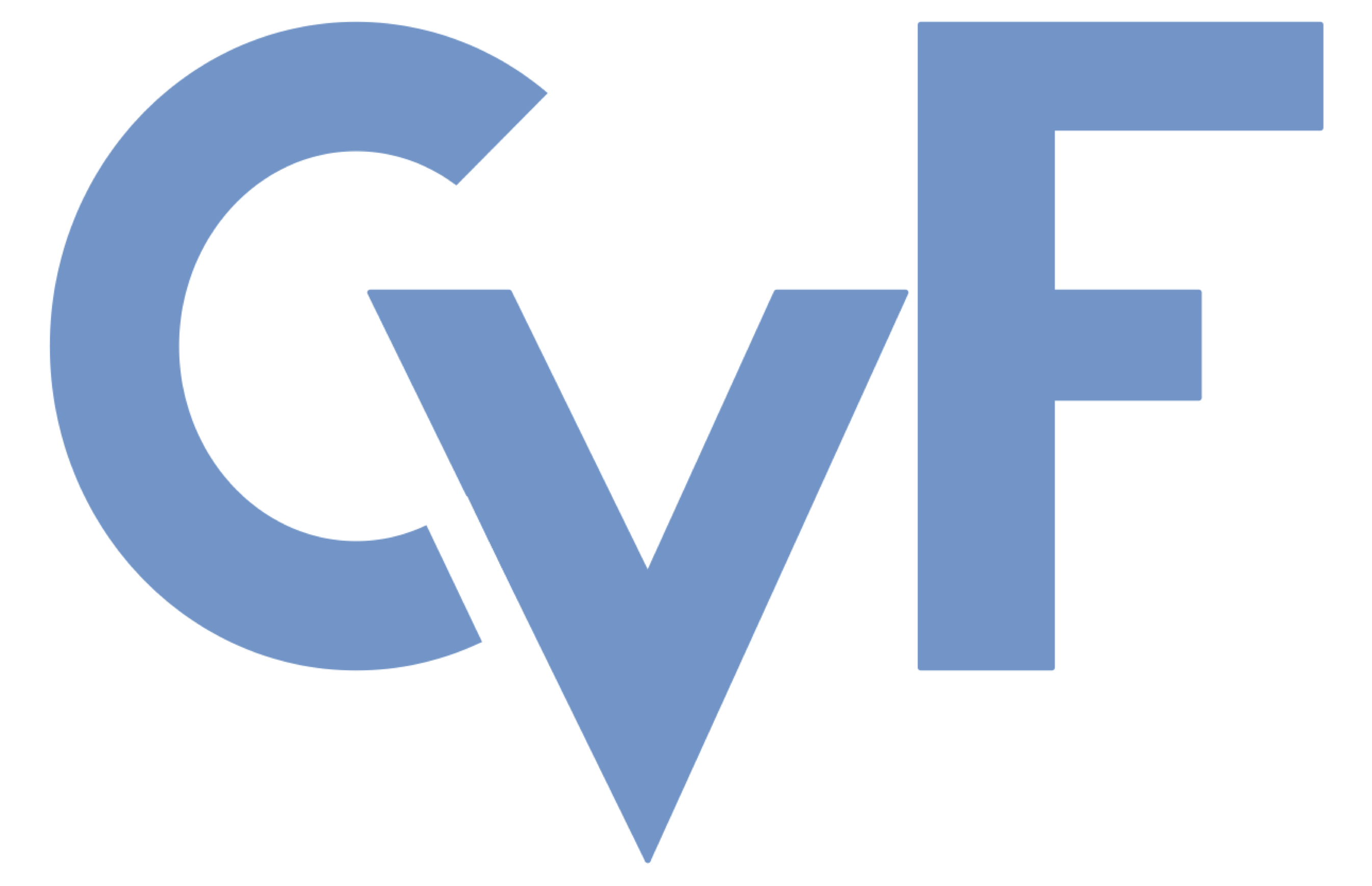-
[pdf]
[supp]
[arXiv]
[bibtex]@InProceedings{Hou_2025_ICCV, author = {Hou, Chengkai and Ze, Yanjie and Fu, Yankai and Gao, Zeyu and Hu, Songbo and Yu, Yue and Zhang, Shanghang and Xu, Huazhe}, title = {4D Visual Pre-training for Robot Learning}, booktitle = {Proceedings of the IEEE/CVF International Conference on Computer Vision (ICCV)}, month = {October}, year = {2025}, pages = {8451-8461} }
4D Visual Pre-training for Robot Learning
Abstract
General visual representations learned from web-scale datasets for robotics have achieved great success in recent years, enabling data-efficient robot learning on manipulation tasks; yet these pre-trained representations are mostly on 2D images, neglecting the inherent 3D nature of the world. However, due to the scarcity of large-scale 3D data, it is still hard to extract a universal 3D representation from web datasets. Instead, we are seeking a general visual pre-training framework that could improve all 3D representations as an alternative. Our framework, called FVP, is a novel 4D Visual Pre-training framework for real-world robot learning. FVP frames the visual pre-training objective as a next-point-cloud-prediction problem, models the prediction model as a diffusion model, and pre-trains the model on the larger public datasets directly. Across twelve real-world manipulation tasks, FVP boosts the average success rate of 3D Diffusion Policy (DP3) for these tasks by 28%. The FVP pre-trained DP3 achieves state-of-the-art performance across imitation learning methods. Moreover, the efficacy of \ours adapts across various point cloud encoders and datasets. Finally, we apply FVP to the RDT-1B, a larger Vision-Language-Action robotic model, enhancing its performance on various robot tasks. Our project page is available at: https://4d-visual-pretraining.github.io/.
Related Material





